Visiting “Goryo-kan Hall”
There is a building called the “Goryo-kan Hall" in Kiso Town, Nagano Prefecture.
This building is currently owned and managed by the town of Kiso, but was originally constructed as a national facility.
It was built in December 1927. The name of the building at that time was “Imperial Forestry Bureau, Kiso Branch Office".
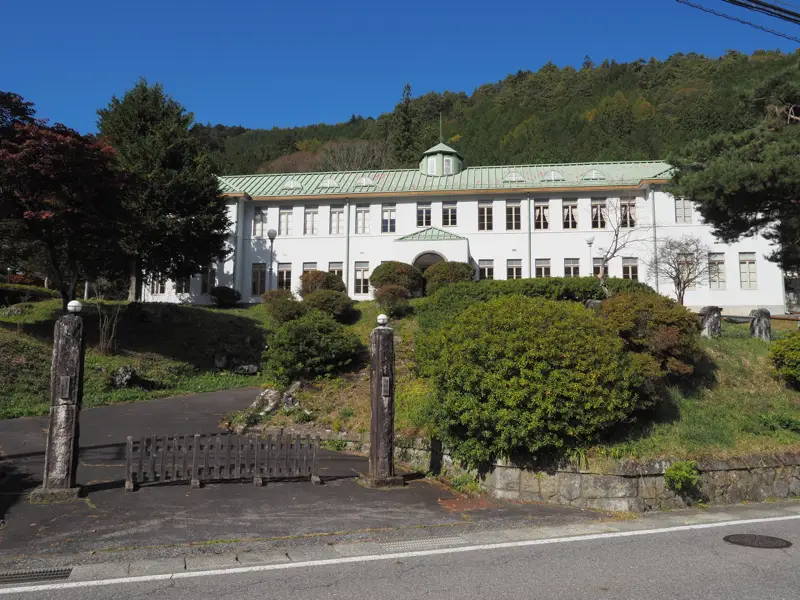
The building is located up the hill from the main gate.
After passing through the main gate, the passageway splits into two, curves around, and merges in front of the entrance.
When you look up the hill, you will see the building as shown here.
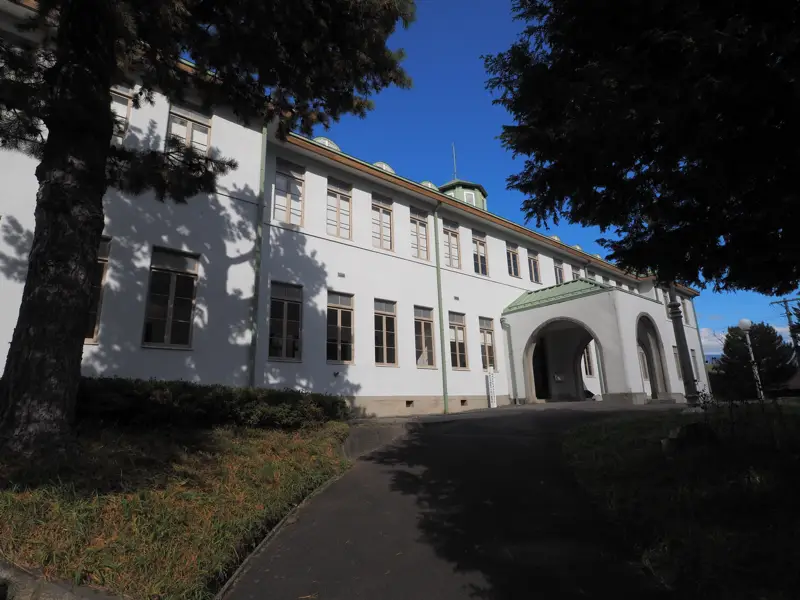
If you are coming by car, there is a parking lot on the left side facing the building, so you can enter the building from there without climbing the hill.
I will write about the history of the building, starting with the Meiji Period.
During the Edo period, the forests of Kiso were divided into two areas: the “Akiyama” area, which residents could freely enter to gather bush grass and firewood, and the off-limits areas (Tomeyama, Suyama, and Sayayama).
From the beginning of the Meiji era, the residents of Kiso requested that the off-limits areas be opened to the residents, but this was not easily granted, and many of the areas were positioned as government forests.
In 1885, the government established the “Goryo-kyoku" Bureau in the Ministry of the Imperial Household in order to manage and administer the property of the Imperial family. The Goryo-kyoku Bureau promoted the incorporation of government, public, and private forests into “Imperial Forests,” which were imperial properties.
Despite the opposition of the local residents, the majority of Kiso’s forests were incorporated into the Imperial Forest in 1889. The residents continued to voice their opposition, and in 1905 the government seems to have settled the issue by giving the prefecture a subsidy.
Shortly before that, in 1903, the Kiso Branch Office of the Imperial Forestry Bureau was established in Fukushima Town, Nishi-Chikuma County, Nagano Prefecture. The branch office carried out modern management, including the installation of forest railroads, for the maintenance and management of the Imperial Forest.
In 1908, the Goryo-kyoku Bureau was renamed the Imperial Forestry Administration Bureau and became independent from the Ministry of the Imperial Household.
In 1924, the name was changed from Imperial Forestry Administration Bureau to Imperial Forestry Bureau. The branch became the Kiso Branch Office of the Imperial Forestry Bureau.
However, on May 12, 1927, the Fukushima Town fire broke out.
The fire started in a house on the south side of the Kiso River near the railroad tracks, but strong winds caused the fire to spread to the north, resulting in the loss of 750 houses, 2 deaths, and 120 people seriously injured. The Kiso Branch Office building of the Imperial Forestry Bureau was also destroyed by fire.
The present building was constructed within six months after the government office building was destroyed by fire.
Designed by the Ministry of the Imperial Household, it is a two-story wooden building with mortared exterior walls and an octagonal tower in the center of the roof.
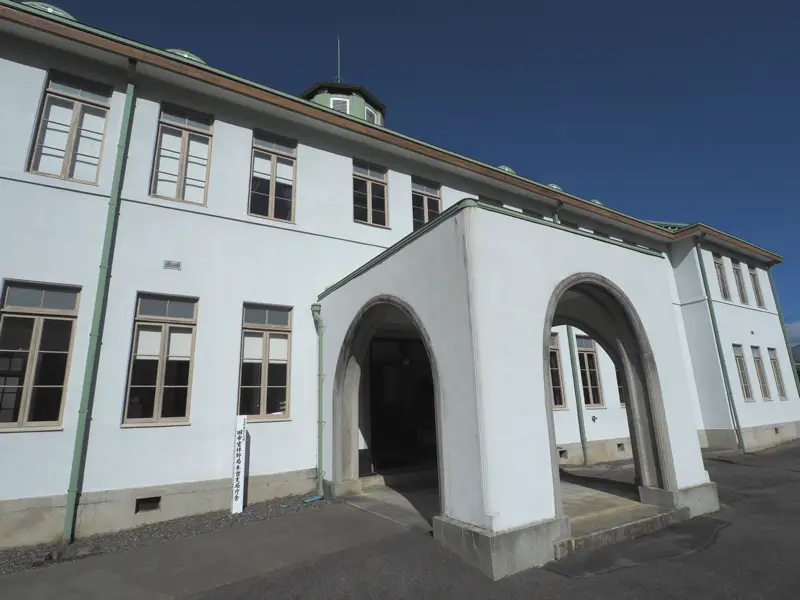
Upon entering the entranceway, there is a staircase at the rear of the front.
The interior is decorated in the Art Deco style that was popular at the time.
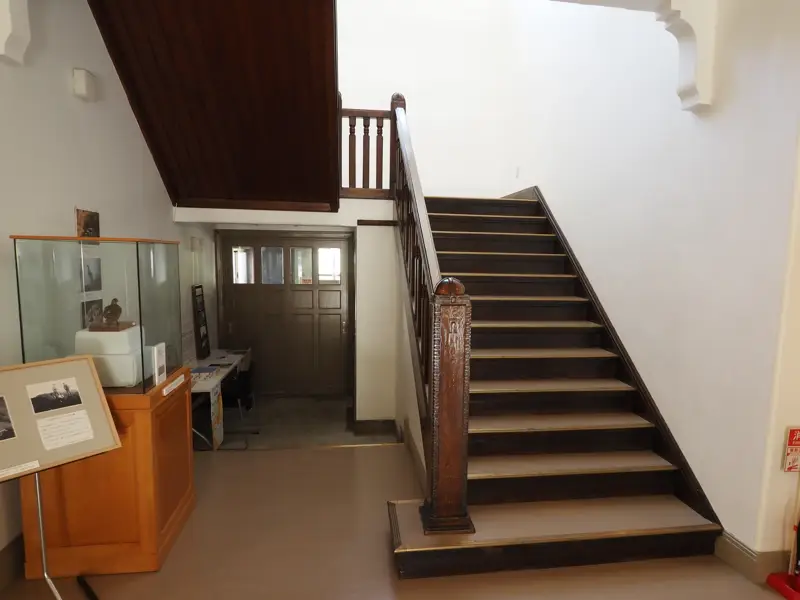
After the World War II, the Imperial Forestry Bureau was abolished in 1947, and the Imperial Forest became a national forest under the jurisdiction of the Forestry Bureau of the Ministry of Agriculture and Forestry (later the Forestry Agency).
This office building was also renamed the Nagano Forestry Bureau.
In 1954, the main office of the Forestry Bureau was moved to Nagano City, and this building became a branch of the Bureau. The Kiso Branch of the Forestry Experiment Station was also located on the first floor.
In 1995, the building became the Forest Technology Center of the Nagano Regional Forest Bureau, and in 1999, it became the 1st Forest Technology Center of the Chubu Regional Forest Office.
This was the last time it was used as a national facility, and the center was closed in 2004.
Subsequently, signature collection and petitions for the preservation of the old branch office were submitted to the town, and the land and building became the property of Kiso Town in 2010.
In 2012, the building was designated as a Tangible Cultural Property of Kiso Town, and restoration and renovation work began. The work was completed in 2014, and the building was opened to the public and put to use in July. The building has an exhibition room for displaying materials and rooms for use by town residents, including a meeting room, a training room, and a room with wooden play equipment.
The current nickname “Goryo-kan Hall” was given to the building in November after it was opened to the public.
This photo shows the interior of the large conference room on the second floor. This is my favorite part.
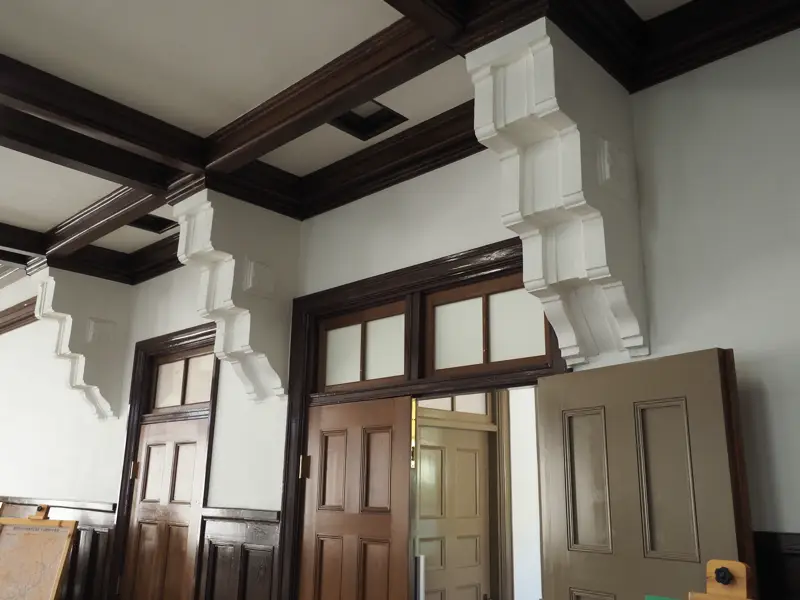
This room is the office of the branch manager. The interior is said to have been recreated as it was when the building was completed.
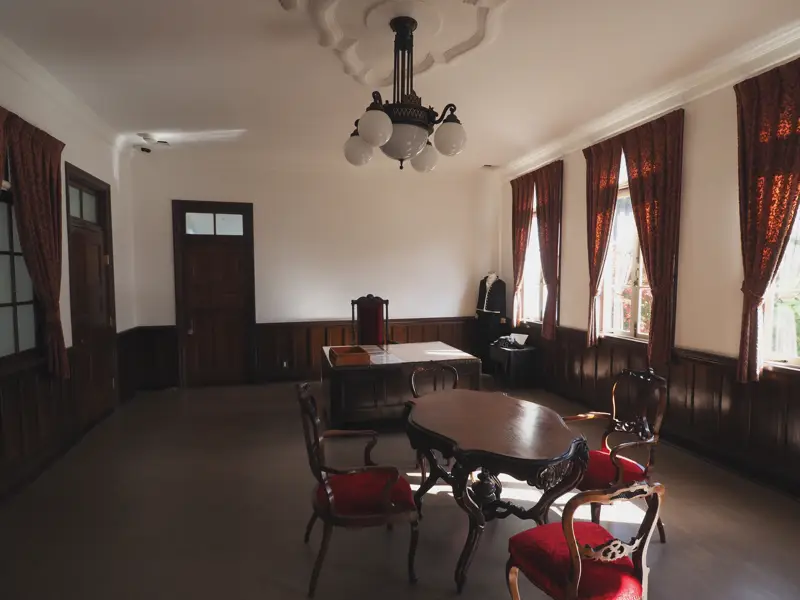
In the exhibition room, photographs, drawings, stuffed specimens and insect specimens are displayed.
A three-dimensional model of the Kiso Valley made in the Meiji era was also on display, and was said to have been exhibited at the second National Industrial Exhibition held in Ueno, Tokyo, in 1881.
After the tour, I went outside.
This is the side of the building seen from the parking lot. There is a ramp for wheelchairs at the side entrance.

At the rear of the building, there was a storage room and a wheelchair ramp to enter the second floor. I guess that they installed the ramp here because there is no elevator inside.
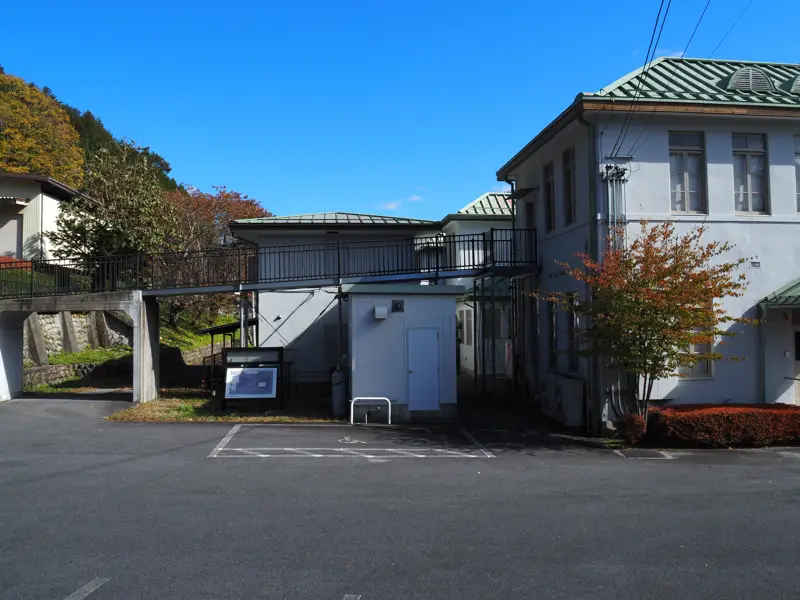
The first photo does not show the tower well, so I will end this article with a photo of the tower seen from the rear side.
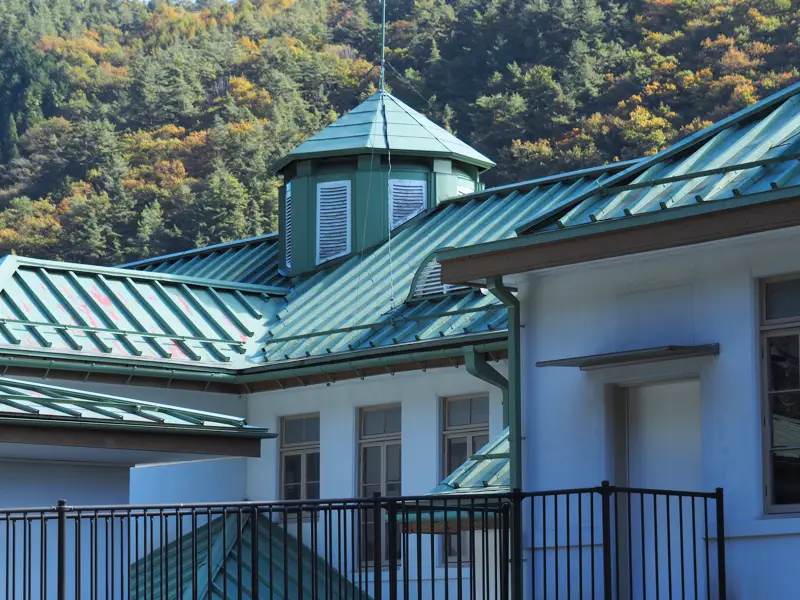
Ten years have passed this year since the hall opened after the renovation. I hope that the hall will be maintained in the future.
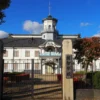
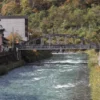
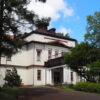
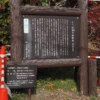
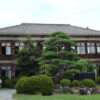
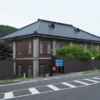
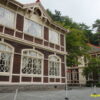
Discussion
New Comments
No comments yet. Be the first one!